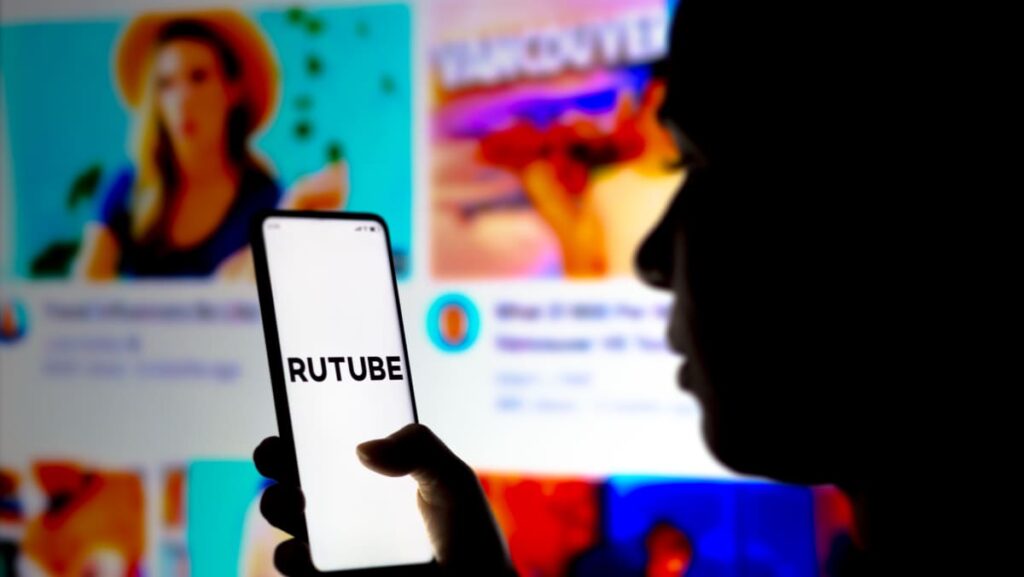In the vast landscape of online video platforms, Rutube stands out as a significant player in the Russian digital sphere. Launched in 2006, Rutube, stylized as RUTUBE, has grown into a comprehensive platform offering a diverse array of content, from licensed movies and series to live broadcasts and educational materials. This article delves into the multifaceted world of Rutube, examining its evolution, content offerings, user experience, and impact on the Russian media landscape.
The Birth of Rutube
Rutube was founded in 2006 by Oleg Volobuev and Mikhail Paukov as a response to the growing demand for online video content in Russia. At its inception, the platform primarily served as a hub for user-generated content, similar to YouTube. However, as its popularity grew, Rutube expanded its offerings to include licensed content, effectively transforming into a full-fledged video streaming service.
Content Library
One of Rutube’s key strengths lies in its extensive content library, which encompasses a wide range of genres and formats. Users can explore licensed movies, series, cartoons, shows, and live broadcasts, catering to diverse tastes and interests. Moreover, Rutube hosts blogs, podcasts, video game streams, and educational content, further enriching its offerings and appealing to a broad audience.
Licensed Content
Rutube boasts partnerships with major film studios and production companies, allowing it to offer a robust selection of licensed content. From blockbuster movies to critically acclaimed TV series, Rutube provides access to premium entertainment options for its users. Additionally, the platform regularly updates its catalog, ensuring a steady stream of new releases and popular titles.
Live Broadcasts and Events
In addition to on-demand content, Rutube features live broadcasts and events, ranging from sports matches to music concerts. Users can tune in to their favorite events in real-time, fostering a sense of community and shared experience. Moreover, Rutube often collaborates with brands and organizations to livestream exclusive content, further enhancing its appeal as a go-to destination for live entertainment.
User-Generated Content
While Rutube has expanded its offerings to include licensed content, user-generated content remains an integral part of the platform. Users can upload their own videos, ranging from vlogs to tutorials, allowing for creative expression and community engagement. Rutube provides tools and resources to support content creators, fostering a vibrant ecosystem of user-generated content alongside professionally produced material.
Monetization and Revenue Model
Like many other video streaming platforms, Rutube employs a variety of monetization strategies to generate revenue. These include advertising, premium subscriptions, pay-per-view options for select content, and partnerships with content creators and brands. By diversifying its revenue streams, Rutube can sustain its operations while providing a compelling user experience.
Technological Infrastructure
Behind Rutube’s expansive content library and seamless user experience lies a robust technological infrastructure. The platform leverages advanced streaming technology to deliver high-quality video content to users across devices and networks. Moreover, Rutube employs algorithms and recommendation systems to personalize the user experience, suggesting relevant content based on individual preferences and viewing habits.
Challenges and Opportunities
While Rutube has established itself as a prominent player in the Russian video streaming market, it faces various challenges and opportunities in an ever-evolving digital landscape. Competition from international streaming giants, changing consumer preferences, and regulatory pressures are among the challenges Rutube must navigate. However, the platform also has opportunities for growth, including expanding its content library, enhancing user engagement, and leveraging emerging technologies such as augmented reality (AR) and virtual reality (VR).
Impact on the Russian Media Landscape
Rutube’s influence extends beyond its role as a video streaming platform, shaping the broader Russian media landscape. By providing a platform for diverse voices and content creators, Rutube contributes to the democratization of media and the proliferation of online video culture in Russia. Moreover, Rutub’e serves as a cultural hub, showcasing Russian talent and creativity to a global audience.
Conclusion
Rutub’e stands as a dynamic and multifaceted video platform that has become an integral part of the Russian digital ecosystem. With its extensive content library, innovative features, and commitment to user engagement, Rutub’e continues to captivate audiences and redefine the way Russians consume and interact with online video content. As it navigates the opportunities and challenges of the digital age, Rutub’e remains a leading force in the ever-expanding world of streaming media.







